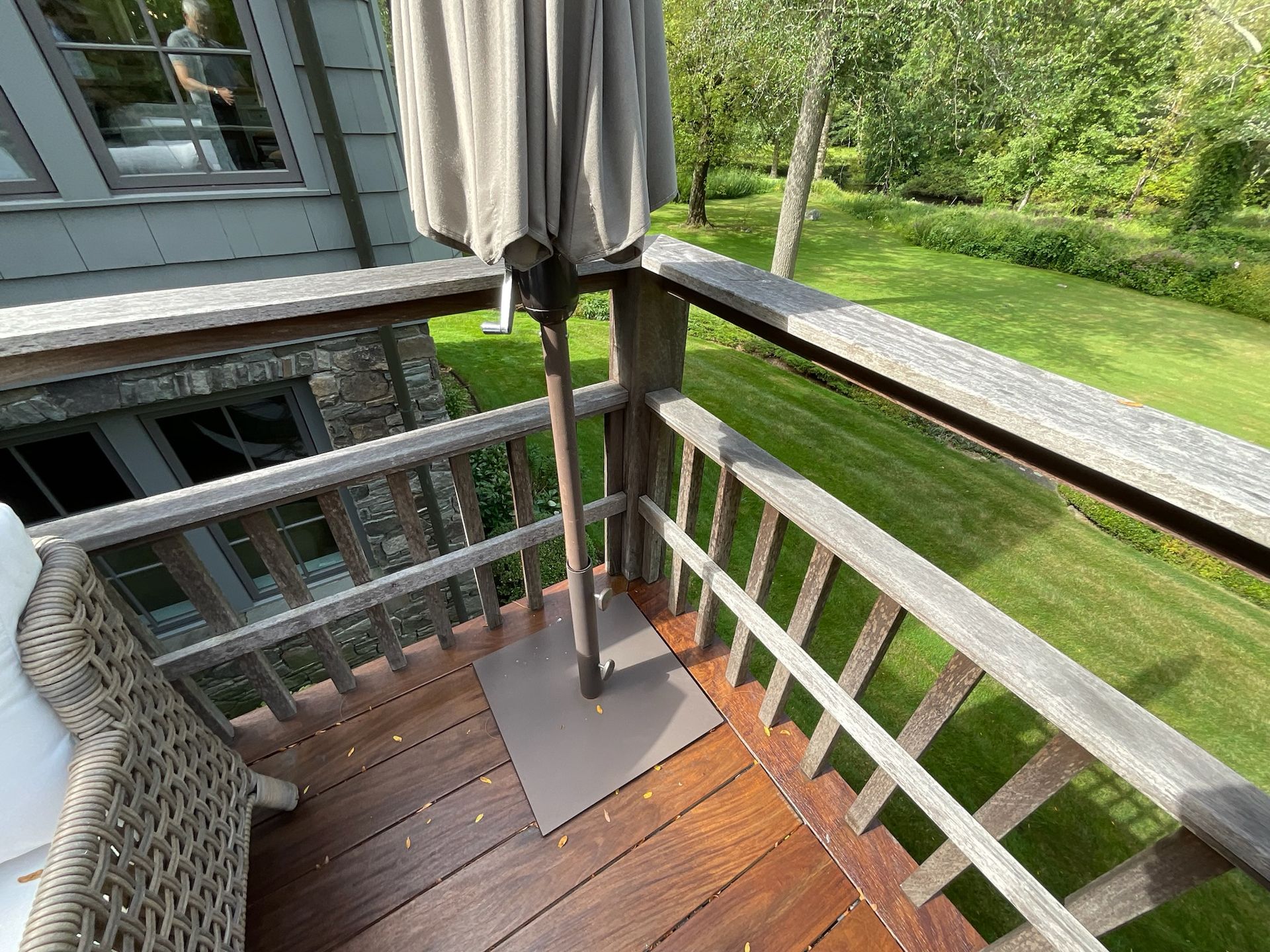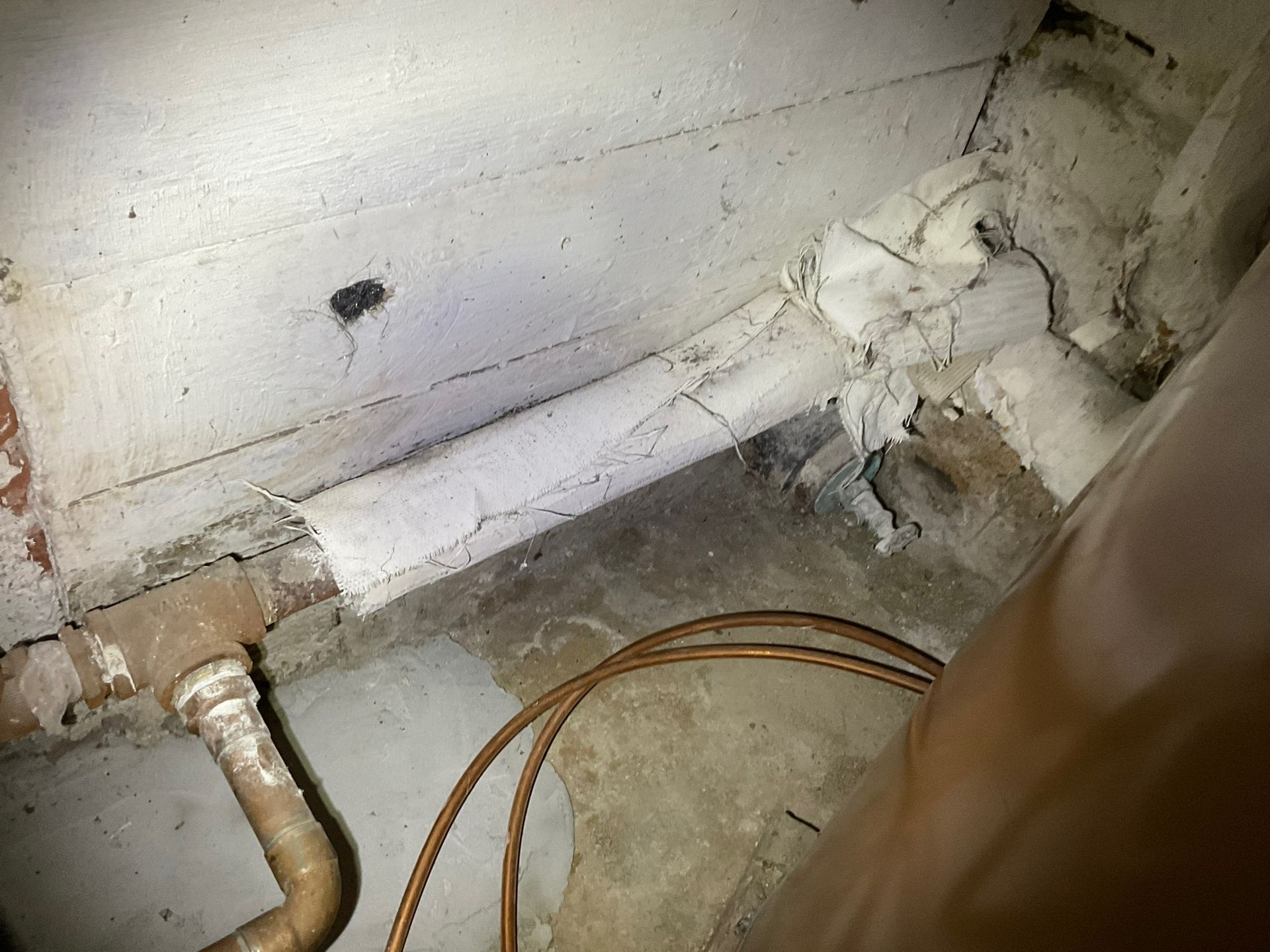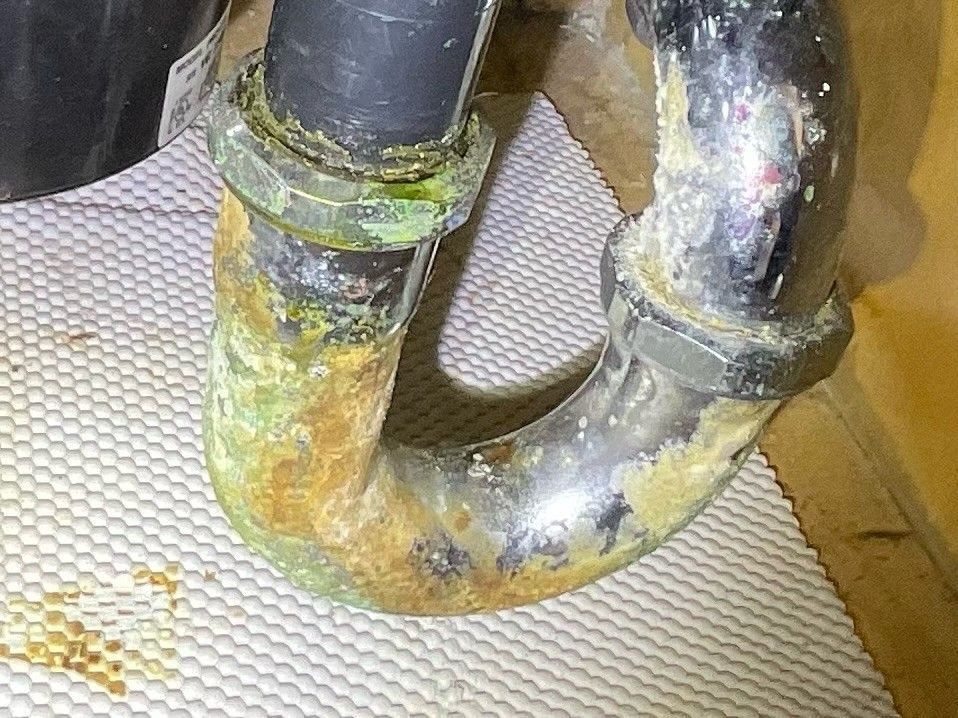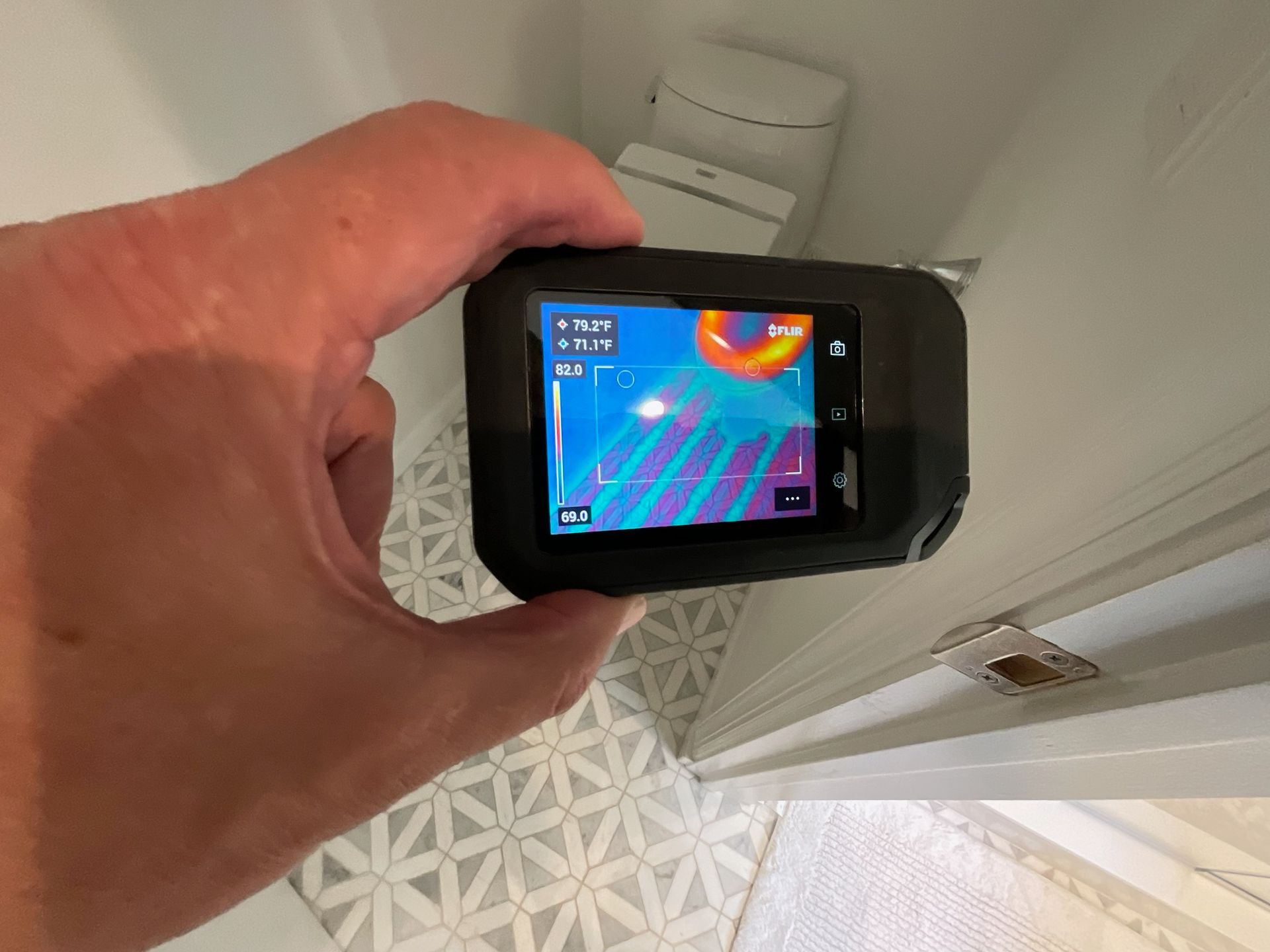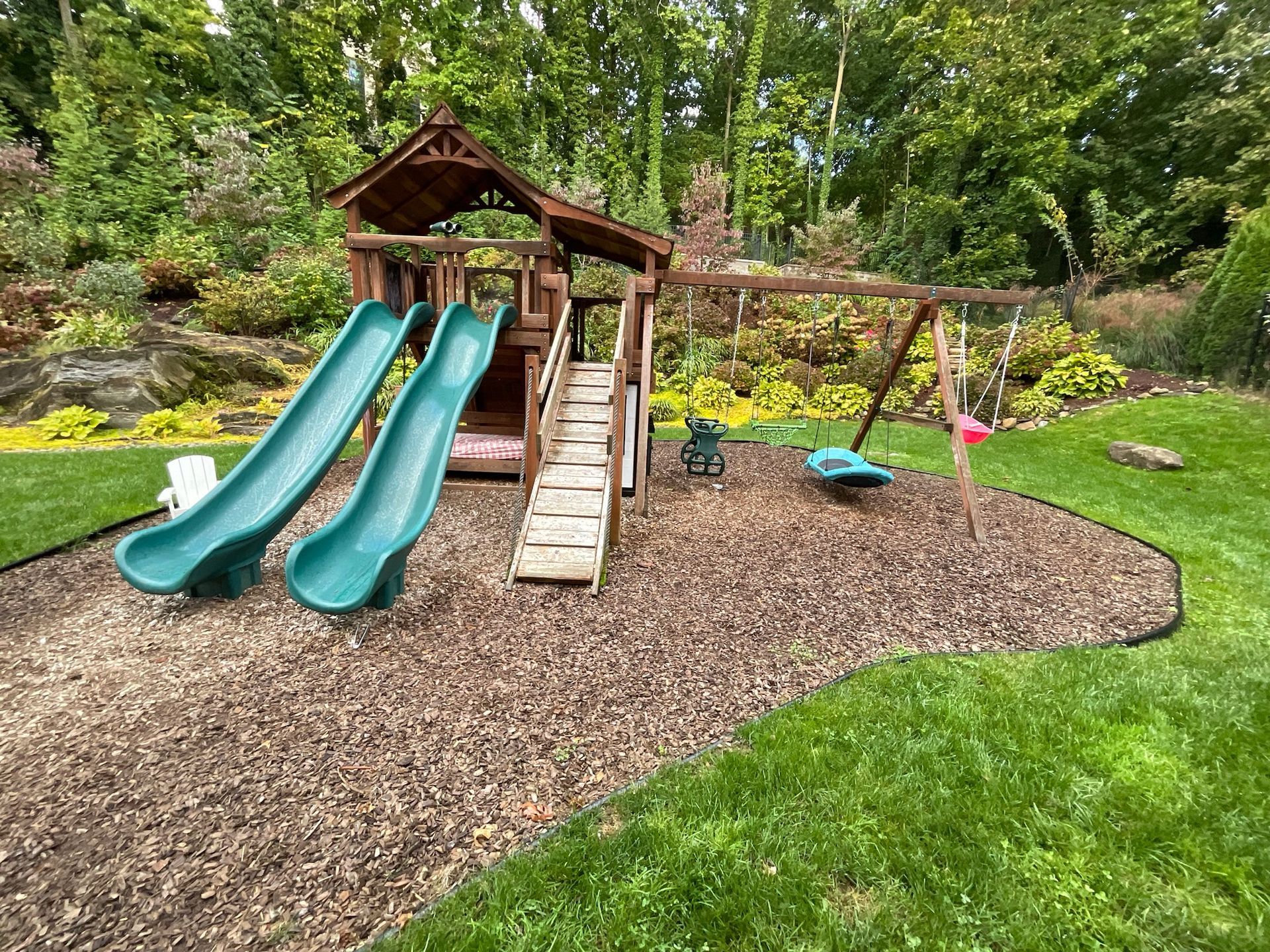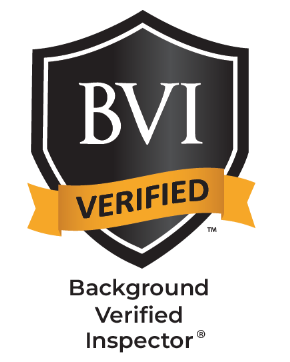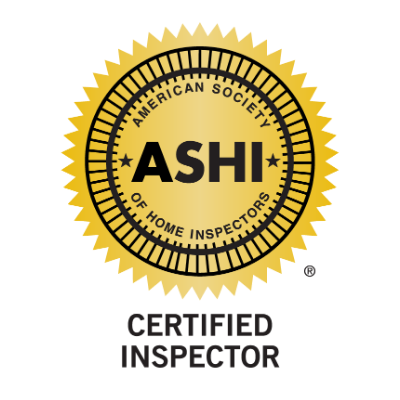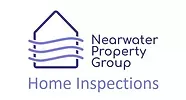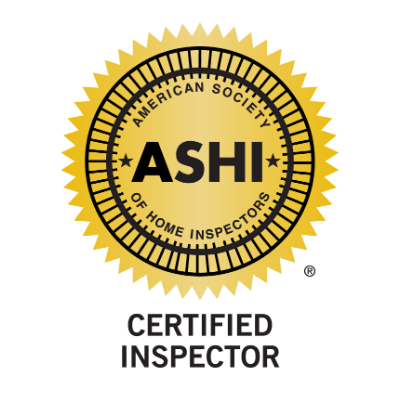Don't Think You Are Saving Money By Not Painting The Sheetrock In your Garage!
I had a client that figured he'd save a few bucks by holding off on painting the walls and ceiling of his garage. Bad mistake! The first humid week of summer, he looked up and saw mold growth on his ceiling that popped-up almost overnight. I was skeptical that there was no leak above because it was so bad, but there was no plumbing nearby and the sheetrock was not "wet" at all. So what happened?
Home Inspection Greenwich
Unpainted sheetrock, also known as drywall, can attract mold due to several factors:
Home Inspection Greenwich
- Porosity: Sheetrock is made from gypsum, a porous material that can absorb moisture. When moisture levels are high, the gypsum can become damp, providing a perfect environment for mold spores to settle and grow.
- Organic Materials: The paper facing on sheetrock is made from cellulose, an organic material that mold can feed on. When the paper gets wet, it becomes an ideal food source for mold.
- Humidity: High humidity levels in a home or building can lead to condensation on surfaces, including sheetrock. This moisture can be absorbed by the sheetrock, increasing the risk of mold growth.
- Lack of Protection: Unpainted sheetrock lacks a protective barrier that paint can provide. Paint can help seal the surface, making it less susceptible to moisture absorption and mold growth.
- Poor Ventilation: Areas with poor ventilation are more prone to high humidity and moisture buildup, creating a favorable environment for mold growth on unpainted sheetrock.
Home Inspection Greenwich
To prevent mold growth on sheetrock, it's important to control humidity levels, ensure proper ventilation, promptly repair any water leaks, and consider painting or sealing the sheetrock to provide a moisture-resistant barrier. A quick coat of "mold-killing primer" will prevent the above from happening.
0

